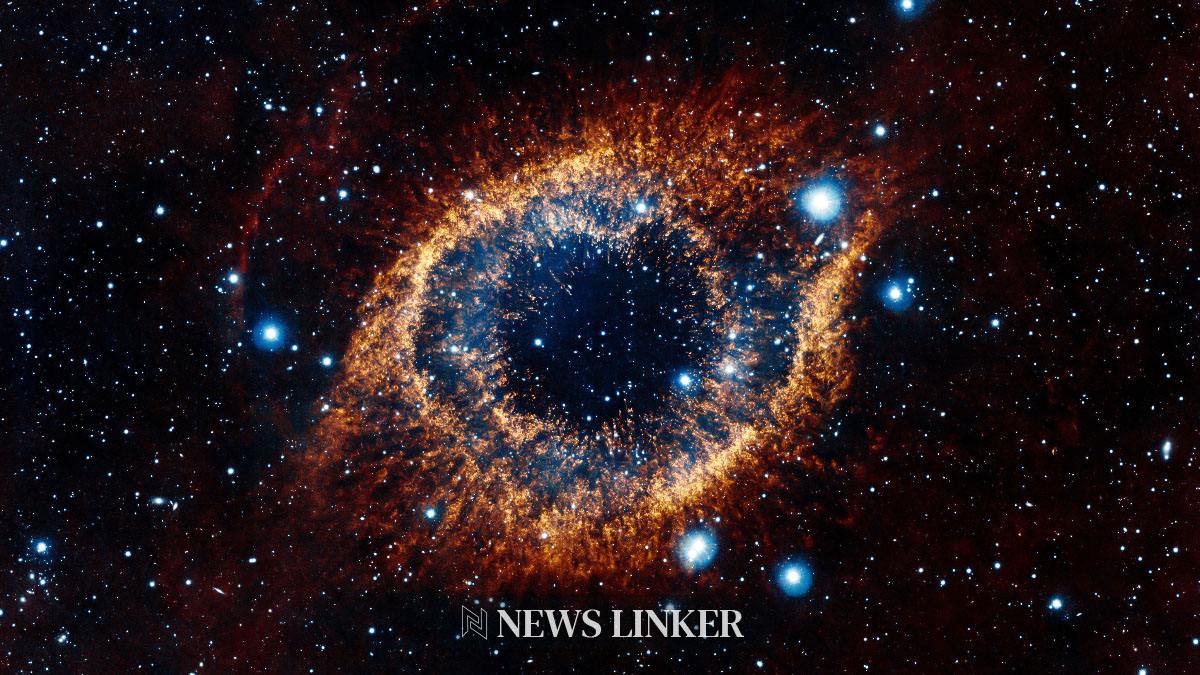The answer lies in the unrivaled capabilities of the Hubble Space Telescope to observe in ultraviolet light, which unveils the properties and impacts of these stellar giants. Super-hot stars, known for their immense brightness and mass, play a pivotal role in the cosmic tale, from influencing the evolution of galaxies to spawning the elements necessary for life. Hubble’s ULLYSES survey, a meticulous three-year undertaking, has compiled an extensive library of data on these luminous celestial bodies, contributing significantly to our cosmic understanding.
The exploration of super-hot stars has long fascinated astronomers. Prior discoveries highlighted their crucial role in shaping the early universe. These stars, by fusing light elements into heavier ones, seeded the cosmos with the raw material for future stars, planets, and possibly life. The transition of these stars from their energetic youth to their dramatic demise has been a recurrent theme in astrophysical research, with observations often hindered by Earth’s atmosphere, which blocks ultraviolet emissions. Hubble, orbiting beyond this limitation, captures the UV light that reveals so much about these stars’ lives and environments.
What Are ULLYSES’s Key Findings?
ULLYSES’s key findings encompass the spectra of approximately 500 stars, both massive and diminutive, hot and cool. The survey, rather than focusing on visual snapshots, emphasizes the collection of stellar spectra, which divulge a star’s composition and the dynamics of its powerful stellar winds. The Hubble Space Telescope, equipped with its state-of-the-art instruments, excels in this domain, yielding a rich data set that combines new observations with archival records. The spectra acquired are instrumental in analyzing the stellar winds and chemical makeup of these super-hot stars, extending our understanding of their influence on galactic evolution.
How Does ULLYSES Enhance Stellar Research?
The scientific community recognizes the ULLYSES project as a cornerstone for future stellar research. A study published in the “Journal of Astrophysical Data” titled “Spectroscopic Insights on the Lifecycle of Super-Hot Stars” correlates closely with the Hubble findings. The paper delves into the intricate details of how UV radiation from young, massive stars contributes to their host galaxy’s dynamics. The ULLYSES project, by offering a comprehensive database, sets the stage for researchers to query and utilize this information, propelling advancements in diverse astronomical fields.
What Do the ULLYSES Spectra Reveal?
The ULLYSES spectra are more than just a catalog of emissions; they expose the stars’ intricate traits, such as their metallicity, which serves as a stellar age determinant. By studying the iron content and comparing it to hydrogen levels, astronomers can date stars relative to our Sun. The ULLYSES project has specifically focused on hot blue stars in low-metallicity galaxies, similar to those that would have been prevalent in the universe’s nascent years. These findings contribute to a broader understanding of how the earliest stars influenced their galaxies, including the spread of elements they synthesized upon death.
Points to consider:
- Hubble’s UV capabilities are pivotal for studying hot stars.
- ULLYSES’s spectra offer a multifaceted view of stellar properties.
- The data serves as a resource for astronomical research.
ULLYSES has inaugurated a new chapter in the investigation of super-hot stars, amplifying our comprehension of their lives and legacy. The data amassed by Hubble, encapsulating both the fierce and the faint stars, heralds an era of enriched knowledge. It elucidates the stellar phenomena that sculpt the cosmos, aiding in the unraveling of the universe’s most enigmatic processes. As researchers continue to probe the ULLYSES data, its value transcends immediate findings, promising to inform and inspire for years to come. The project is a testament to the enduring utility of the Hubble Space Telescope as it continues to explore the frontiers of space and contribute to the cumulative wisdom of humankind.










